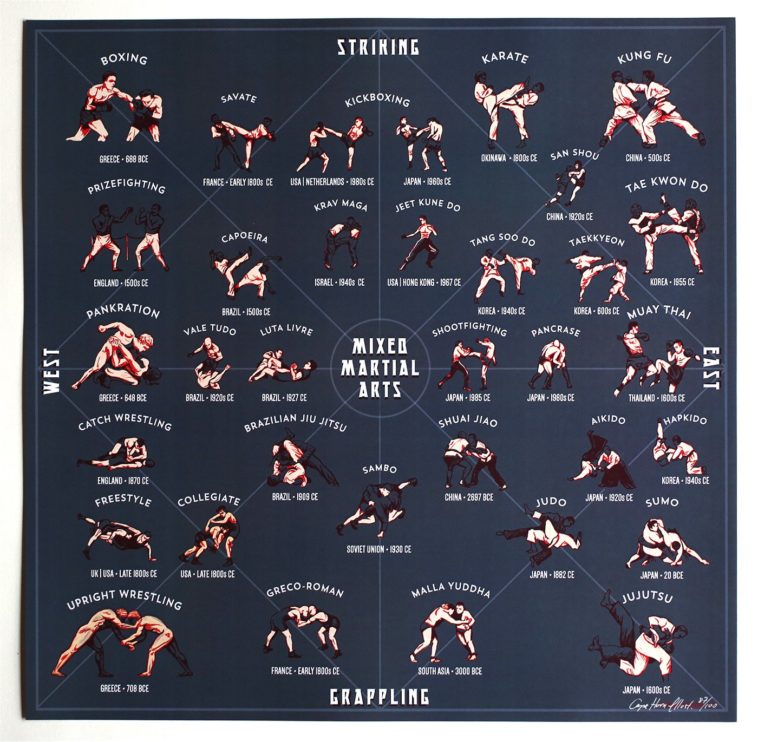A Comparative Research Of Traditional Martial Arts And Modern Fight Sports: Highlighting The Essential Differences
A Comparative Research Of Traditional Martial Arts And Modern Fight Sports: Highlighting The Essential Differences
Blog Article
Personnel Author-Thuesen Sexton
When you consider martial arts, do you lean more toward the typical techniques or the modern battle sports? Each course supplies distinct advantages and experiences, formed by their ideologies and training techniques. Typical martial arts stress personal development and technique, while contemporary combat sports concentrate on competition and performance. Recognizing these distinctions can direct you in picking the best strategy for your trip. But just how do these distinctions manifest in training and philosophy?
The Viewpoint and Background Behind Typical Martial arts
While lots of people connect martial arts with physical combat, the philosophy and history behind traditional martial arts run much deeper. You'll discover that these techniques highlight personal growth, self-control, and respect.
Stemming from old methods, traditional martial arts were often established for Self-Defense and spiritual development. Recommended Web site personify concepts such as equilibrium, harmony, and self-control, leading professionals beyond plain battling skills.
As martial arts for toddler near me educate, you'll not only learn strategies yet also acquire insights into the culture and worths that formed these arts. The routines and practices, usually given with generations, promote a feeling of area and belonging.
The Competitive Nature of Modern Fight Sports
Modern fight sports have changed the landscape of martial arts into an extremely competitive field, where professional athletes face off in a test of ability, approach, and endurance.
You'll discover that competitors are usually arranged with strict policies and policies, ensuring fair game and safety. These events bring in huge audiences, fueling the exhilaration and intensity of matchups.
Athletes train rigorously, not just for physical prowess yet also for mental toughness, understanding that every detail counts in the ring. The adrenaline thrill throughout competitors is palpable, as fighters push their limits to declare victory.
Fans value the athleticism and virtuosity included, making modern-day battle sports a thrilling spectacle that continues to develop and astound fanatics around the world.
Training Methods and Techniques: A Relative Analysis
The competitive environment of modern-day fight sporting activities demands cutting-edge training approaches that vary dramatically from traditional martial arts.
In modern-day training, you'll concentrate on details strategies, sparring, and conditioning, usually utilizing drills that replicate actual battle scenarios. You'll see a focus on measurable performance and constant competition to assess your skills.
In contrast, standard martial arts focus on types, katas, and thoughtful teachings, often emphasizing self-control and respect over competition.
Training is normally less intense and may involve recurring technique rather than real-time sparring.
While both strategies develop skill and physical fitness, modern-day fight sporting activities provide a more vibrant and versatile training environment, preparing you for instant difficulties in the ring or cage.
Pick the path that straightens with your objectives and interests.
Verdict
In choosing in between traditional martial arts and modern-day combat sports, it really boils down to what you value most. If you're seeking individual development, self-control, and a sense of community, typical arts could be your finest fit. But if you prosper on competitors and real-time difficulties, modern combat sports could be the way to go. Ultimately, both paths offer special advantages, so it's everything about straightening your training with your individual objectives and rate of interests.
